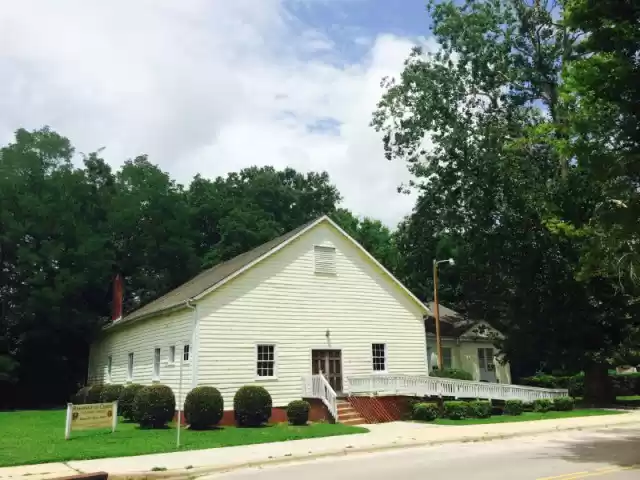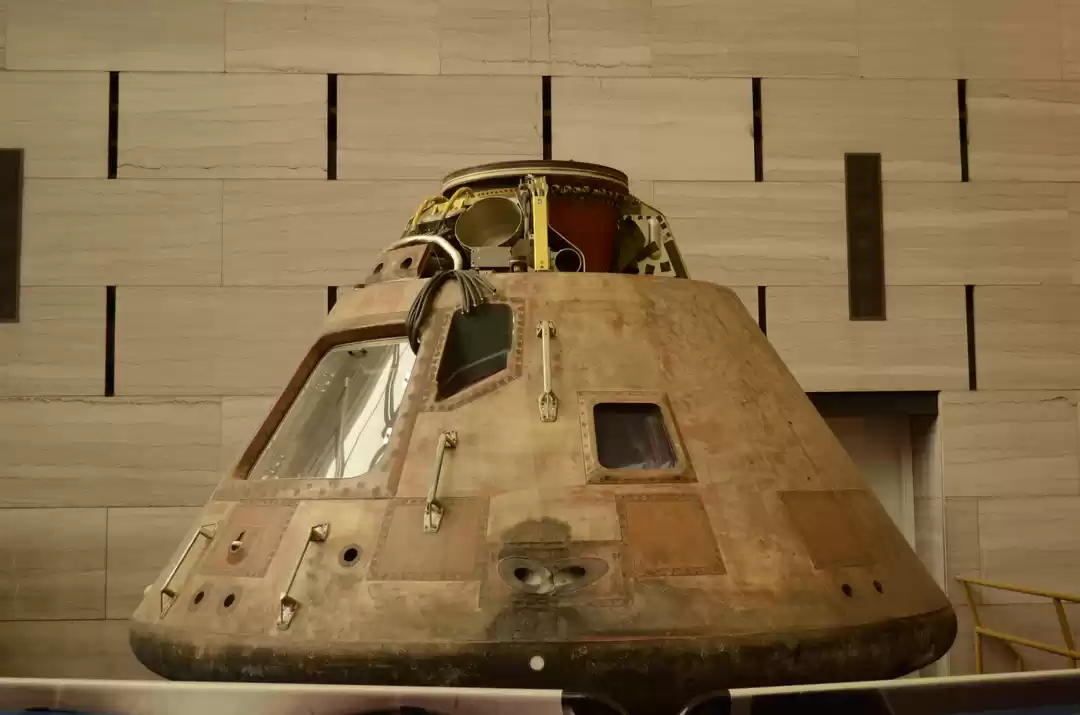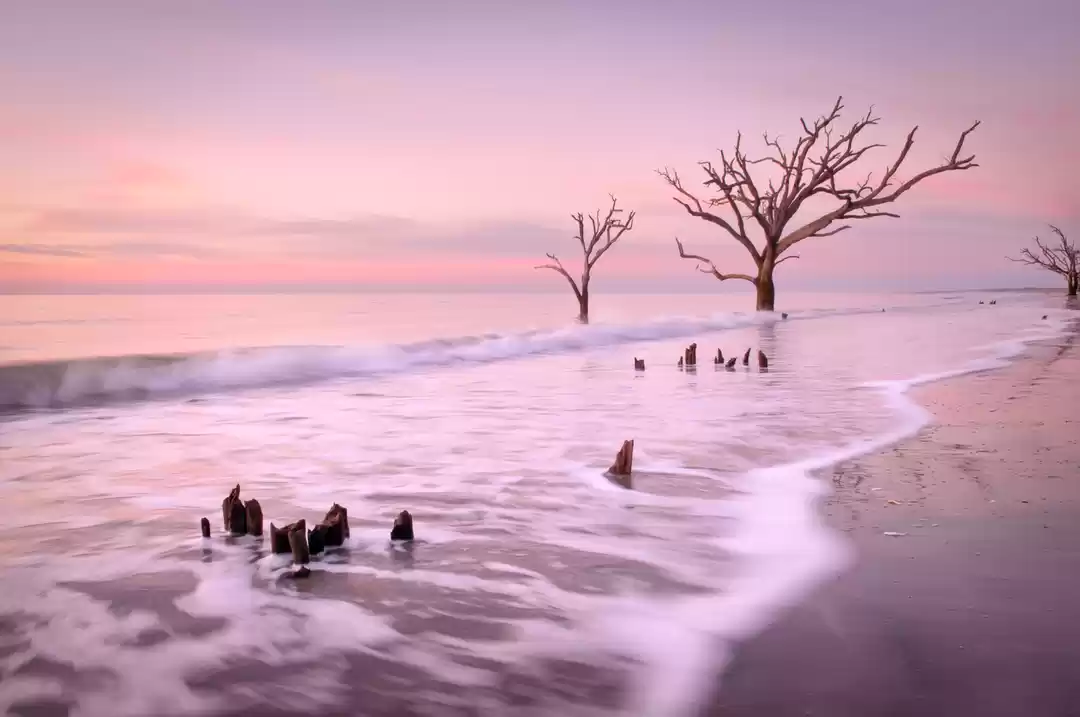Raleigh Tourism and Travel Guide
Raleigh (/ˈrɑːli/; RAH-lee) is the capital of the state of North Carolina as well as the seat of Wake County in the United States. It is the second most populous city in North Carolina, after Charlotte. Raleigh is known as the 'City of Oaks' for its many oak trees, which line the streets in the heart of the city. The city covers a land area of 142.8 square miles (370 km2). The U.S. Census Bureau estimated the city's population to be 439,896 as of July 1, 2014. It is also one of the fastest-growing cities in the country. The city of Raleigh is named after Sir Walter Raleigh, who established the lost Roanoke Colony in present-day Dare County.Raleigh is home to North Carolina State University and is part of the Research Triangle area, together with Durham (home of Duke University) and Chapel Hill (home of the University of North Carolina at Chapel Hill). The 'Triangle' nickname originated after the 1959 creation of the Research Triangle Park, located in Durham & Wake Counties partway between the three cities and their universities. The Research Triangle region encompasses the U.S. Census Bureau's Raleigh-Durham-Chapel Hill Combined Statistical Area (CSA), which had an estimated population of 2,037,430 in 2013. The Raleigh Metropolitan Statistical Area (MSA) had an estimated population of 1,214,516 in 2013.Most of Raleigh is located within Wake County, with a very small portion extending into Durham County. The towns of Cary, Morrisville, Garner, Clayton, Wake Forest, Apex, Holly Springs, Fuquay-Varina, Knightdale, Wendell, Zebulon, and Rolesville are some of Raleigh's primary nearby suburbs and satellite towns.Raleigh is an early example in the United States of a planned city, chosen as the site of the state capital in 1788 and incorporated in 1792 as such. The city was originally laid out in a grid pattern with the North Carolina State Capitol in Union Square at the center. In the United States Civil War the city was spared from any significant battle, only falling in the closing days of the war, though it did not escape the economic hardships that plagued the rest of the American South during the Reconstruction Era. The twentieth century saw the opening of the Research Triangle Park in 1959, and with the jobs it created the region and city saw a large influx of population, making it one of the fastest growing communities in the United States by the early 21st century.Raleigh is home to numerous cultural, educational, and historic sites. The Duke Energy Center for the Performing Arts in Downtown Raleigh features three theater venues and serves as the home for the North Carolina Symphony and the Carolina Ballet. Walnut Creek Amphitheatre is a large music amphitheater located in Southeast Raleigh. Museums in Raleigh include the North Carolina Museum of Art in West Raleigh, as well as the North Carolina Museum of History and North Carolina Museum of Natural Sciences located next to each other near the State Capitol in Downtown Raleigh. Several major universities and colleges call Raleigh home, including North Carolina State University, the largest public university in the state, and Shaw University, the first historically black university in the American South and site of the foundation of the Student Nonviolent Coordinating Committee, an important civil rights organization of the 1960s. One U.S. president, Andrew Johnson, was born in Raleigh. Mark Binker (June 4, 2012). 'Fact Check: Ad against McCrory lacks solid conclusion'. WRAL-TV. Retrieved August 9, 2012. 'American FactFinder'. United States Census Bureau. Retrieved 2008-01-31. 'US Board on Geographic Names'. United States Geological Survey. 2007-10-25. Retrieved 2008-01-31. Bill Leslie (November 3, 2011). 'NC Pronunciation Guide'. WRAL-TV. Retrieved July 18, 2013. 'Population & Census Information'. City of Raleigh. Archived from the original on July 21, 2009. Retrieved 2009-08-21. 'Cary third fastest growing city in '08; Raleigh is 8th, Durham 16th'. wral.com. July 1, 2009. Retrieved July 2, 2009. Fisher, Daniel. 'America's Fastest-Growing Cities'. Forbes.com. Retrieved 2012-05-14. 'Population Estimates 2013 Combined Statistical Areas: April 1, 2010 to July 1, 2013'. U.S. Census Bureau. Retrieved 2014-03-27. 'Raleigh Durham Annexation Agreement Lines' (PDF). Archived from the original (PDF) on October 19, 2011. Retrieved 2012-01-04.
Trips and Itineraries for Raleigh
trip
Exploring historic Oakwood in Raleigh
Tucked away on the northeastern fringe of downtown Raleigh in North Carolina is a cluster of old ...
8.0k Views
festivals & eventscity travelsCulture & ArtsHistory & Architecture







